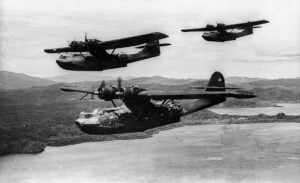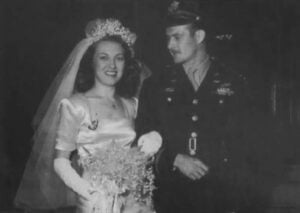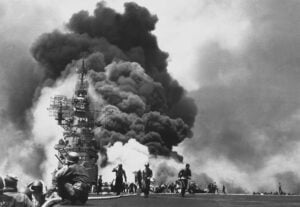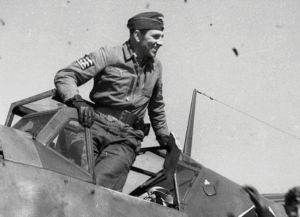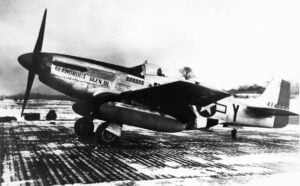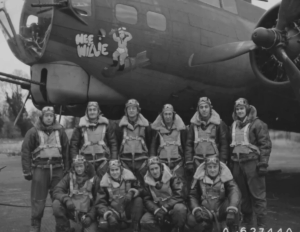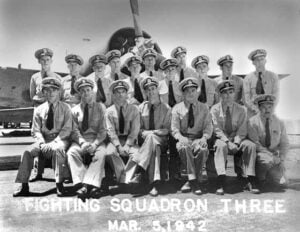How P-51 Mustang Aces Hunted Japanese Pilots
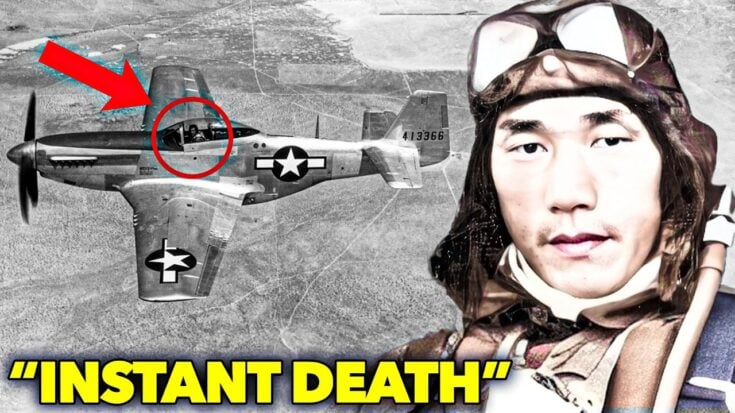
YouTube / No Man's Land
By early 1945, the skies over Japan belonged to the P-51 Mustang. These sleek, silver fighters — once designed for European escort duty — now roamed the Pacific with a single mission: dominate the air and destroy what remained of Japan’s aerial defenses.
Stalking the Enemy
P-51 squadrons operated from Iwo Jima, launching long-range missions over the Japanese mainland. Unlike the defensive escorts they had once been, these pilots became hunters.
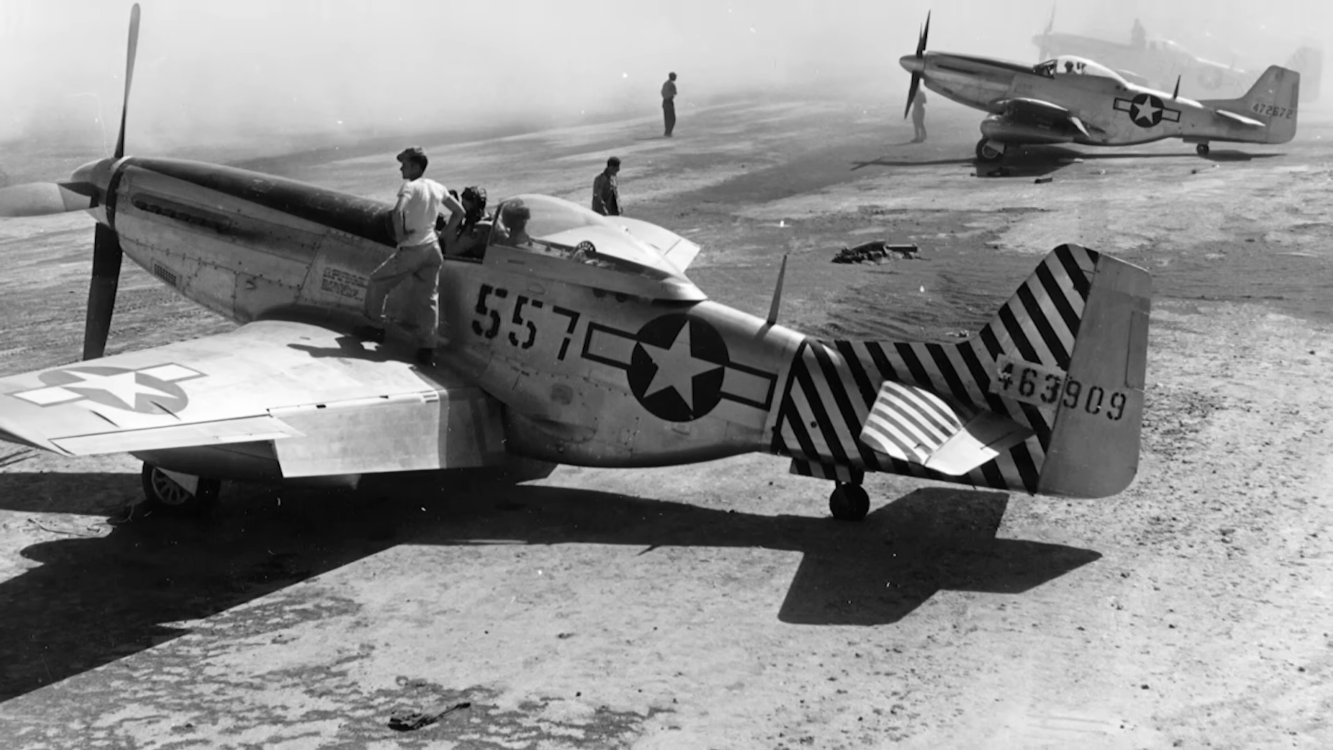
American aces used their Mustang’s range and speed to intercept Japanese aircraft as they rose to challenge B-29 raids. The tactics were brutal and efficient: Mustangs climbed high, dove into enemy formations, and used coordinated “slash and dash” attacks that took advantage of superior firepower and speed. Many engagements ended before Japanese pilots even knew they were under attack.
A War of Endurance
The P-51’s long legs gave U.S. pilots something the Japanese could no longer match — time. Missions often stretched past seven hours, pushing the limits of both man and machine. Flying through weather, fatigue, and the ever-present threat of flak, these pilots hunted in pairs, watching each other’s backs as they scoured the skies for targets.
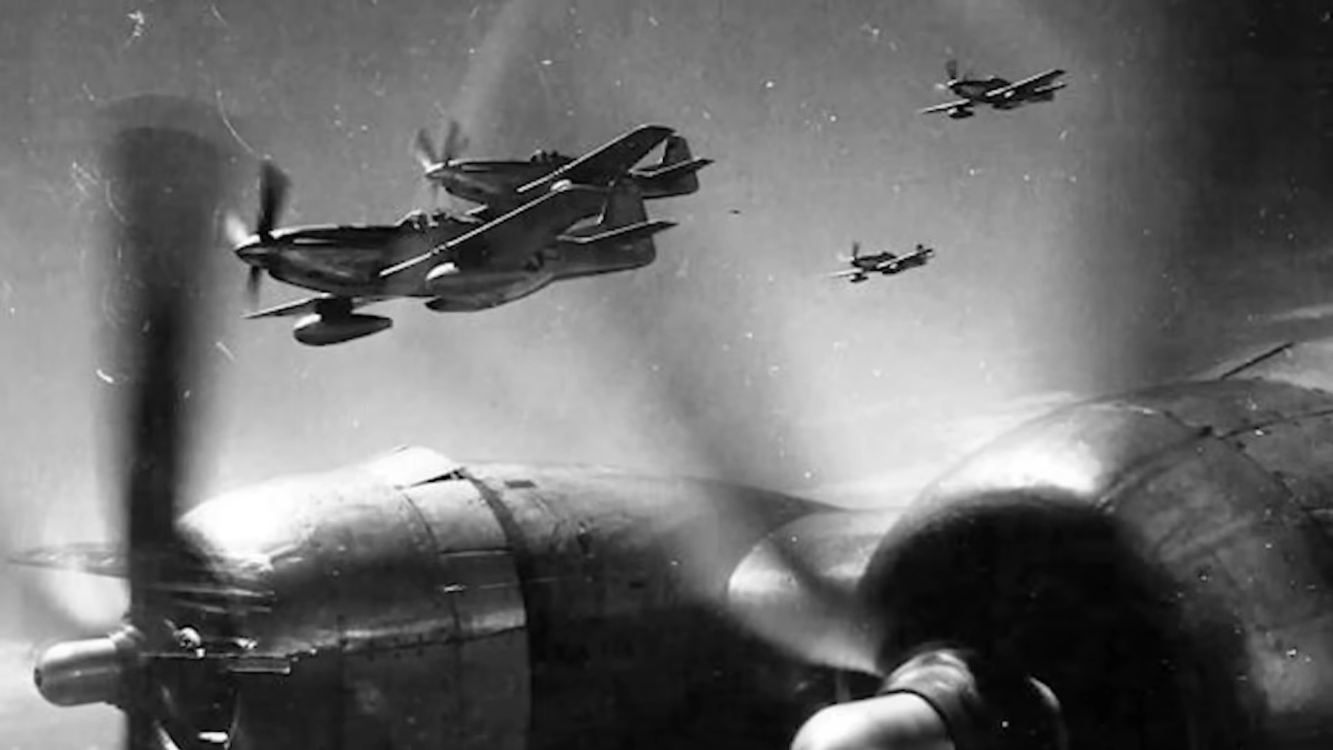
Their ability to stay airborne and strike deep into enemy territory made the Japanese home islands feel smaller by the week. Even grounded aircraft weren’t safe; low-level strafing runs destroyed hundreds of planes before they could ever take off.
The Final Blow
By summer 1945, the Mustang had done what Japan’s enemies in the air could not — it broke the spirit of the nation’s remaining pilots. The once-proud air forces of the Imperial Navy and Army were now scattered remnants, their skies ruled by American aces who hunted with precision, patience, and deadly purpose.
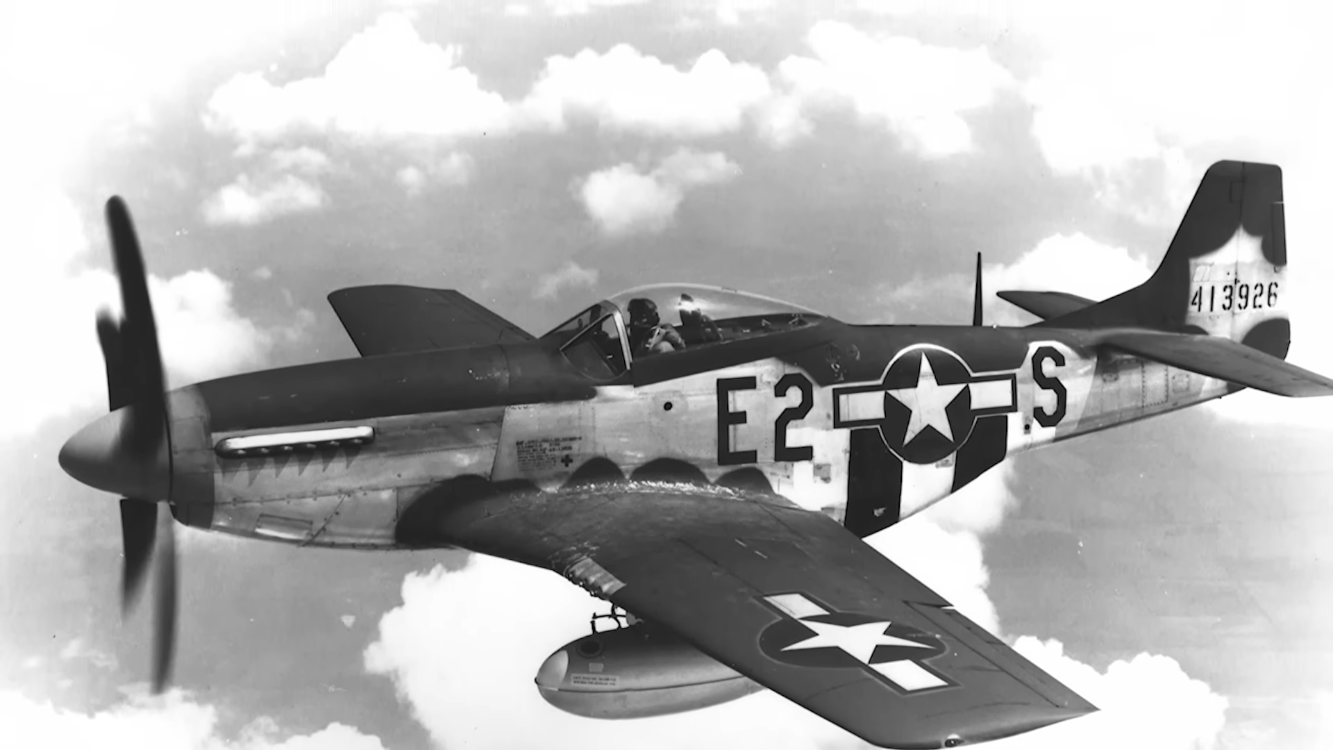
The P-51 Mustang wasn’t just a fighter. It was the weapon that turned the air war over Japan from defense to domination — and marked the twilight of Japanese air power forever.














